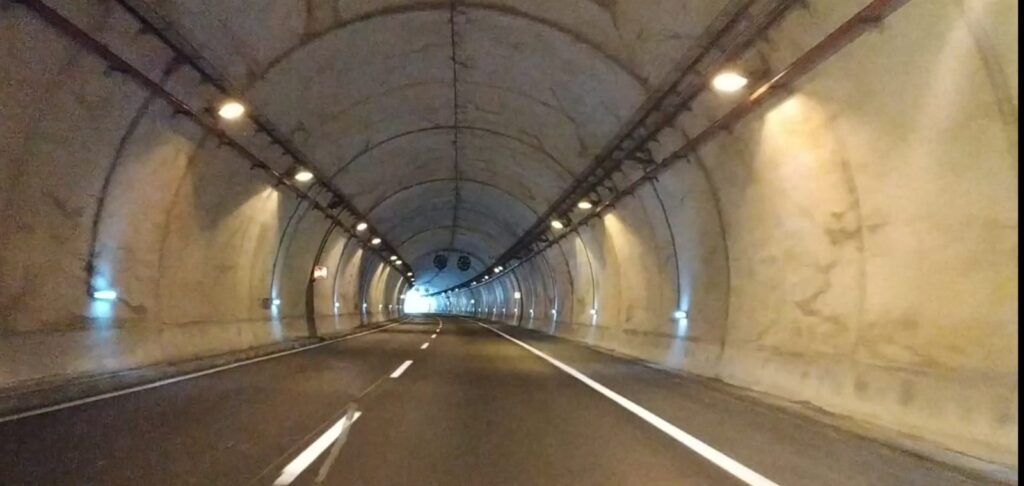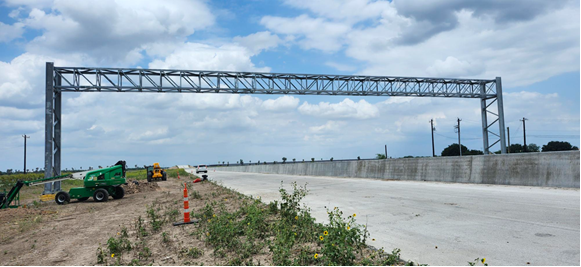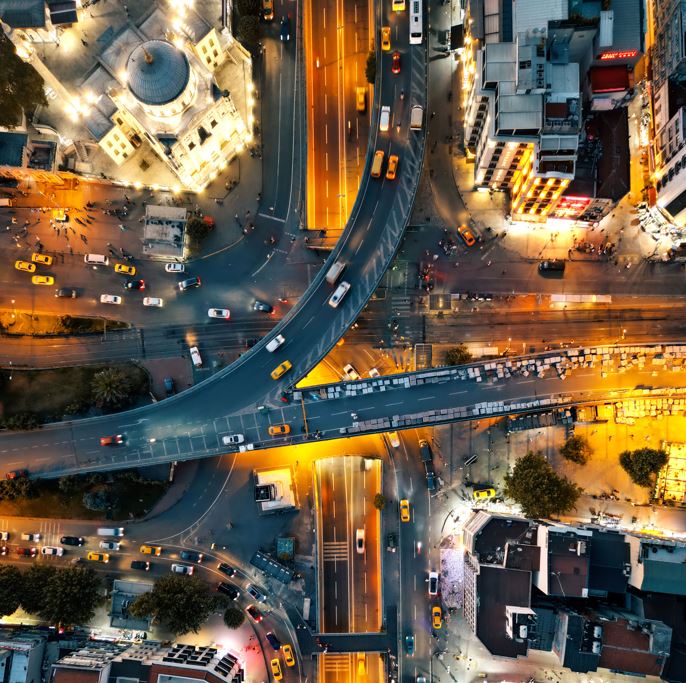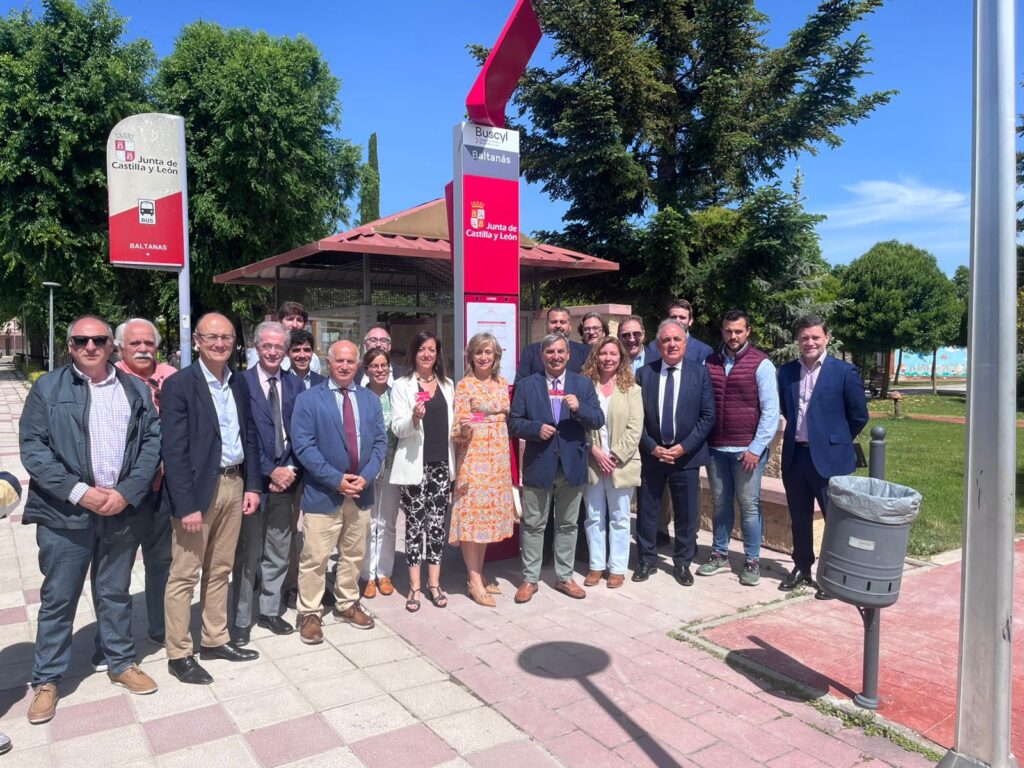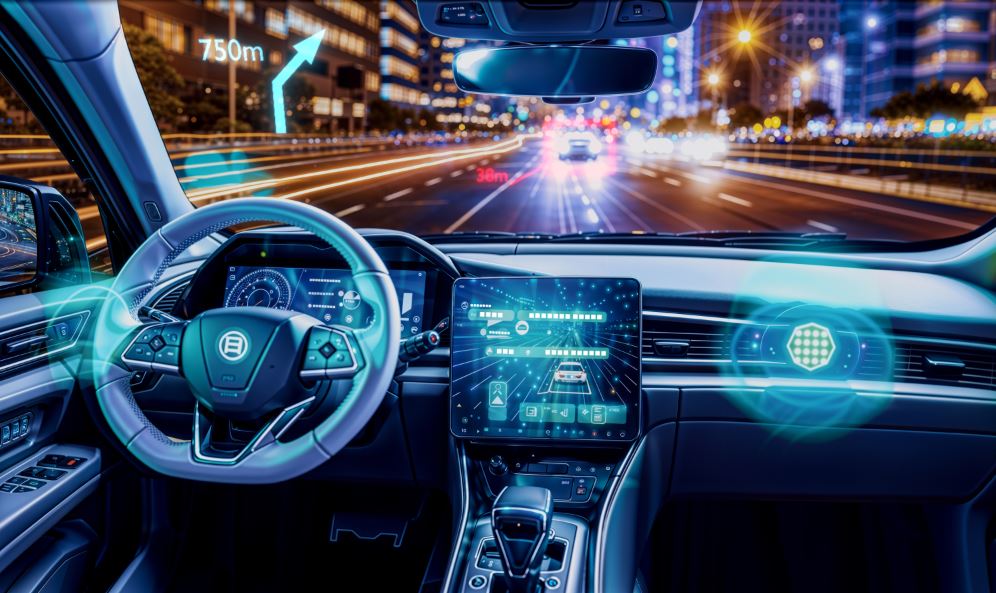In Spain, Law 7/2021 on Climate Change and Energy Transition obliges municipalities with more than 50,000 inhabitants and island territories to adopt sustainable urban mobility plans that introduce mitigation measures to reduce emissions from mobility. Likewise, those municipalities with more than 20,000 inhabitants that exceed the limit values for pollutants regulated in Royal Decree 102/2011 are also obliged to adopt the same corrective measures.
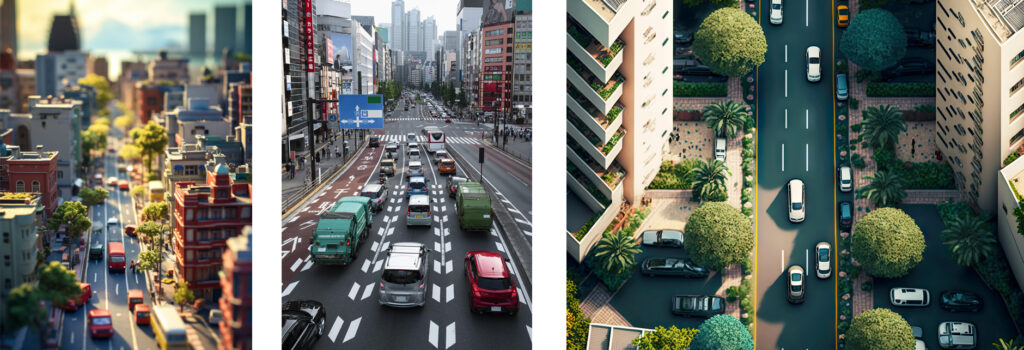
Although we all think of the implementation of Low Emission Zones or LEZs as a corrective measure, we must not forget that the Law establishes many more mandatory measures, such as, for example:
- facilitating travel on foot or by bicycle,
- improving the use of public transport (including its electrification),
- charging points for electric vehicles,
- the promotion of shared mobility,
- specific plans to improve air quality in schools and health centres, etc.

The Law defines a Low Emission Zone as “the delimitation of one or several zones where restrictions on access, circulation and parking of vehicles are applied with the aim of improving air quality“.
Three conditions are also laid down which an EPZ must always fulfil:
- its operation must be continuous over time,
- the restriction must be applied in accordance with the classification of vehicles according to their emission level.
- it must be implemented by the public administration in the exercise of its powers.

The access control system is relatively simple for administrations to implement.
First of all, the zone to be controlled must be clearly defined, where each municipality establishes its limits according to various factors (high concentration of vehicles, shortage of parking, measured levels of high pollution, etc.). This zone can be anything from a complete boulevard or avenue to a perimeter delimitation of several streets.
Secondly, install a camera-based access control system. These cameras capture all vehicles entering and leaving the controlled perimeter and, in conjunction with the computerised management system, check whether the vehicle has been granted permission to enter or circulate based on the policies established in its Municipal Ordinance. The casuistry is diverse, from allowing access to all vehicles with the exception of those that do not have a sticker and are not registered in the municipality or in the area, to allowing access to all registered vehicles or workers in the area, etc. Of course, and in all cases, public transport vehicles, Taxi/VTC, public transport services, etc., must be allowed access to the area.
Thirdly, it must be verified that the adoption of these measures has contributed to the improvement of environmental quality in the defined area. It is therefore necessary to know in advance the pollution indices of the area before proceeding with the implementation of an EPZ. If the environmental quality does not improve, the administration should take additional measures, for example by further restricting access for certain vehicles.
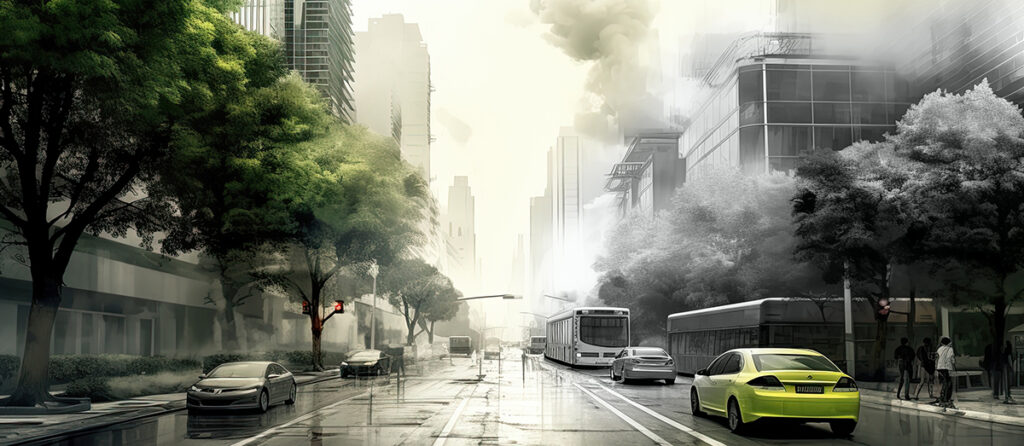
We should not overlook the fact that this type of mobility control system can be the embryo, and in fact is in some localities, for establishing a policy of traffic calming in cities. Some additional functionalities to the mere vehicle control by means of their environmental label could be:
- Sensorisation and control of free parking spaces available in the area to be controlled, establishing more or less restrictive access policies depending on availability or controlling, for example, the maximum parking time in certain spaces to encourage and force vehicle rotation.
- Establish traffic light operating plans based on the actual demand detected by traffic detectors and new data provided by access control cameras, thus anticipating the expected short-term future demand in the area.
- Detect and penalise double parking, if necessary, by controlling the time vehicles are parked or stopped in areas not authorised for this purpose.
- Enable more exhaustive control of Urban Distribution of Goods, establishing timetables, pre-authorisations, etc.
- Exclusive parking for residents in the municipality with spaces reserved for non-residents, with control of maximum parking time.
- Environmental sensorisation, both for atmospheric and acoustic quality control, to be able to evaluate all polluting parameters in real time and therefore establish monitoring control panels to examine the effectiveness of the measures adopted.
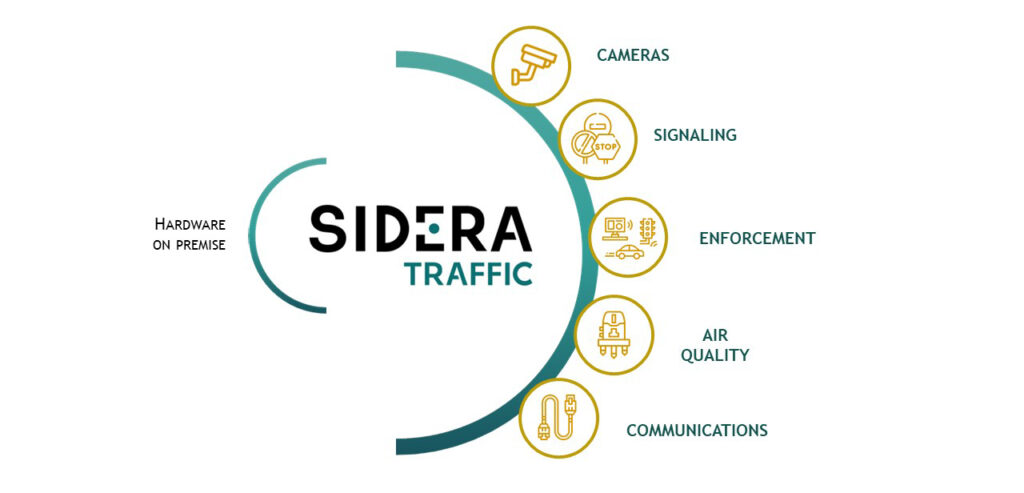
SIDERA TRAFFIC is the advanced control and management platform developed by SICE that adapts to the specific needs of each customer. This platform receives all the information in real time from the installed equipment and by means of the algorithm implemented based on Artificial Intelligence is able to manage, automatically if desired, all possible cases based on both the parameters analysed in real time and the operating parameters established by the Administration.
